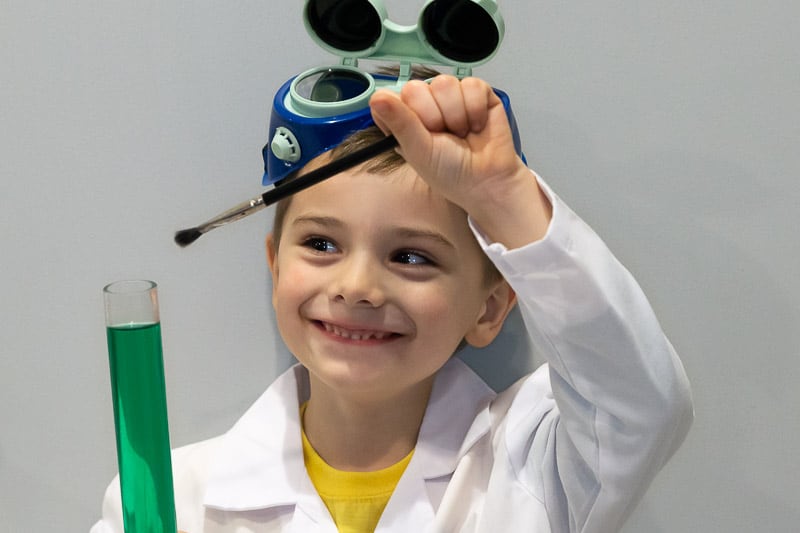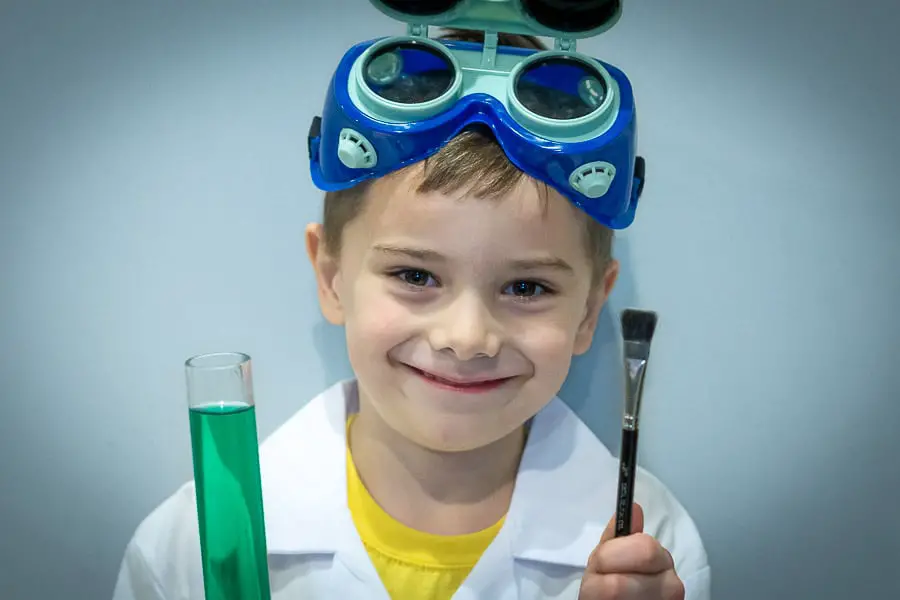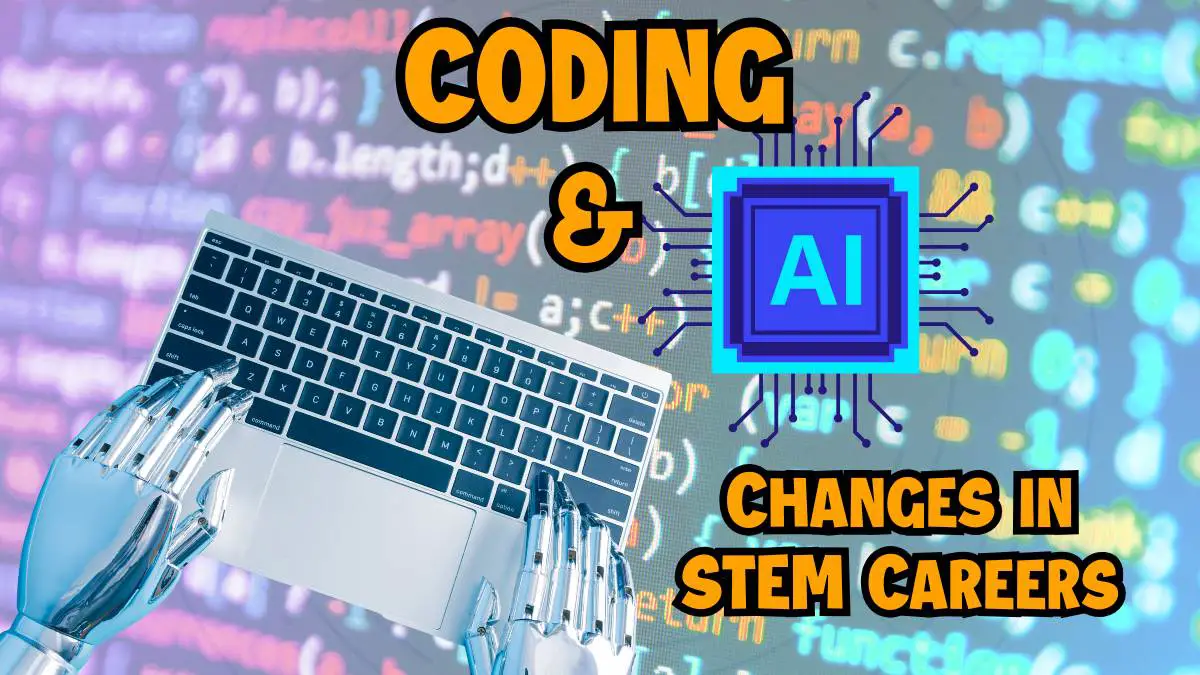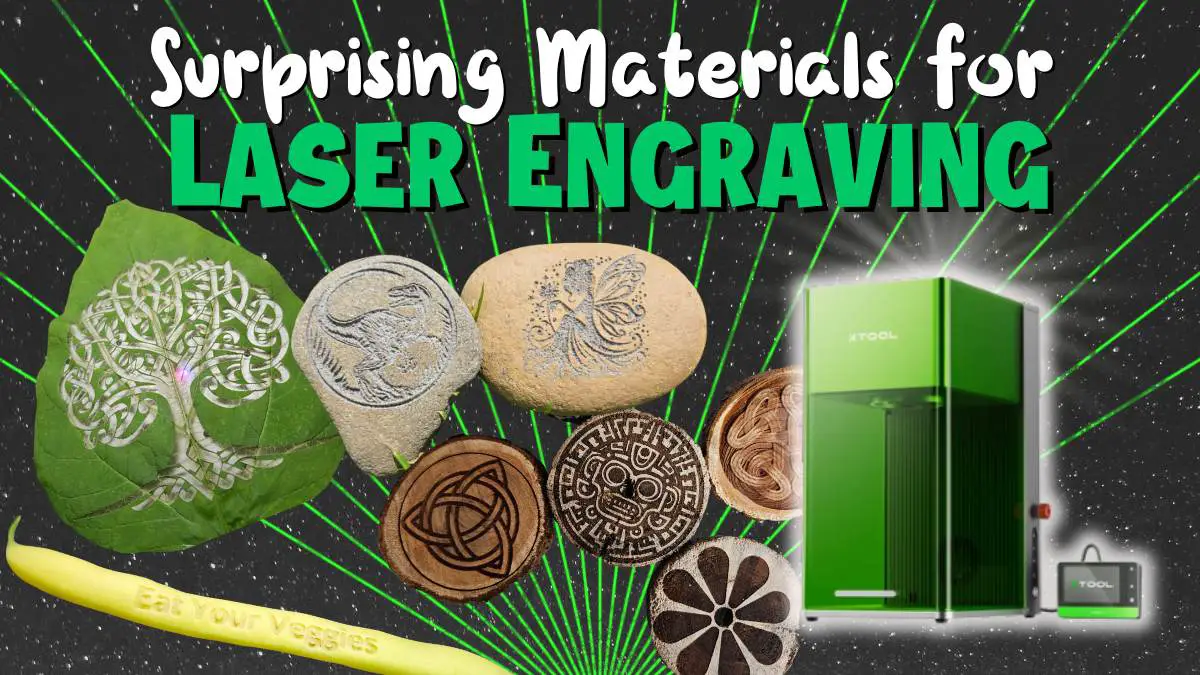In a word? Art. Art is the difference between STEM and STEAM.
STEM stands for Science, Technology, Engineering, Mathematics. STEAM brings Art into the mix (and adds a strategically placed A to the acronym.) This marries visual arts, language arts, music, drama, and design to the hard science aspects of STEM.
Why Add Art to STEM?

How does Art fit into the STEM curriculum? When most people think about “art,” they conjure up images of museums and galleries. There is more to art than a building full of paintings and sculptures. But, how does that relate to math and engineering? How does art push us forward and help us develop on the same level of science and technology? Why is art important?
Art is shape and color. Art is story. Art is culture. Art is design. Look at the mouse you’re moving on your computer, or the phone in your hand. Someone designed that. The shape, the curves, the lines, the contour, the colors. All choices. Deliberate. Calculated. Art.
Think of a world where every car looked like the same box on wheels. Think of every book or magazine with a cover bearing nothing more than the title in simple text. Think of the world without your favorite tunes. What would the soundtrack of your life be? How boring would the world be without Art?
Take a company like Apple. They make pretty products. Clean lines and crisp design had as much to do with their rise as the technology itself. This is art.
Creative Thinking through Art and STEM (STEAM)
Beyond the design and aesthetic elements of art, there is also the impact of creative thinking.
A core concept of STEM is integration. STEAM integrates the creative “out of the box” thinking inherent to the arts, and combines that mindset with the other disciplines of STEM.
Art Makes Challenging Topics More Accessible
Adding Art to STEM breathes some life into the heavy science topics and injects another dimension of creativity and playfulness. Art may draw in some students (and educators) that may otherwise have little interest in science. Engineering may be daunting, though approaching it through art may be more accessible, especially for younger children.
This TED talk discussed an invisible line between STEM and the arts, and highlights how shifting STEM to STEAM changes the game.
Art Matters
Art is often neglected and undervalued. We have the stereotype of the “starving artist.” Sadly, pursuing art as a profession is often a financial struggle. It’s difficult in many societies to make a living solely as an artist. I spent years as a professional touring musician. It was a fun time of my life, and it was also a lot of work. People would commonly ask me, “What’s your real job?”
Artists are often asked to cut their rates, or simply turn out work “for exposure” as if there is a perceived lack of value to their art. Art has inherent value, though that’s not where it fits into the STEM equation. It’s not just art for art’s sake, as the expression goes. Integrating the arts into a learning curriculum brings a different level of creative thinking into the sciences. Arts may bring other students to the table that otherwise would have little interest.
It’s not about taking time away from science classes to paint or draw. It’s about integrating the creativity from the arts into science. It’s about breaking down the silos to consider problems in a holistic/whole brain sort of way.
Reviving Art programs
In recent years, art and music programs have been struggling or dying off completely. According to this study by Americans for the Arts, 66% of public school teachers note a a decline in classroom time dedicated to the arts.
Blame lack of funding, lack of interest, channeling funding to other programs (hello sports!) in favor of art, or pick a reason out of the air.
Too often the rote nature of traditional curriculum pushes the arts to the side. They become underappreciated secondary electives. Eventually the traditional school system drives the creativity out of all but the most determined and passionate of us. STEAM gives art a new place, and embraces the ability to not only think critically, but think creatively.
Consider this example of an academically struggling English primary school that rebuilt its curriculum around music. All of the students at this school were scheduled classes between 3 to 8 hours per week, under their curriculum. What do you think happened?
This simple addition is sometimes a vital spark in innovation. Let’s look to some of the experts:
Combining Art and Science is Not a New Idea
The Artist-scientist is a Jungian archetype, embodying creativity, the power of the mind, and the ability to see the world with the wonder of a child. Far from just a myth, history has seen a number of artist-scientists.
“The greatest scientists are artists as well.”
~Albert Einstein
Albert Einstein gave us the Theory of General Relativity, Unified Field Theory, and perhaps the most famous equation, E=mc2 which represents the equivalence of mass and energy. Einstein famously stated, “the greatest scientists are artists as well.” Einstein himself played violin and piano.
Benjamin Franklin‘s contribution to science is undeniable. In addition to his science experiments and inventions, Franklin was also a musician and composer. He played violin, harp, and guitar. While on a trip to London, he developed an improved mechanical version of the glass harmonica.
Leonardo Da Vinci embodies the melding of Art and Science. Scientist and inventor. Painter and sculptor. His notebooks are filled with beautiful sketches that are as important as the text and formulas. The Mona Lisa used the golden ratio, which is a mathematical way of breaking up geometric space. It’s also known as “the divine proportion.” Da Vinci is known as the father of Architecture, and is appreciated as one of the greatest painters the world has known.
Frank Lloyd Wright may have been an architect by trade, but his creations are art. He called his style organic architecture, perhaps best demonstrated in Falling Water, which Business Week has called “the best all-time work of American architecture.”
Brian May may be better know as a guitarist, though he is a more modern example of the artist-scientist. Before becoming a rock guitar icon with Queen, May was studying astrophysics. He later earned his doctorate from Imperial College in London.
Brian May released New Horizons in January 2019 to celebrate the NASA craft of the same name passing Ultima Thule. At 4 billion miles from the Sun, this is the furthest we have reached to date.
New horizons to explore
New horizons no one’s ever seen before
Limitless wonders in a never ending sky
We may never, never reach them
That’s why we have to try
Brian May
Where art meets science. New Horizons indeed.
Wrap Up: What is the Difference Between STEM and STEAM?
STEAM adds the arts along with the hard sciences of STEM. STEAM brings in more of a creative design element, and exposes STEM topics to a wider range of students.
For more information, go check out our post STEM 101: What every parent needs to know about STEM education




